Uluwatu
Bali’s iconic left hand reef break is at the top of most visiting surfers list. It catches as muh swell as anywhere on the island, almost never going flat with offshore winds that blow for months on end - it’s no wonder Uluwatu is so popular.
The Peak
Uluwatu is made up of a series of breaks that stretch over hundreds of meters. All these different sections are super reliable but The Peak takes home the title of most consistent. Located directly in front of The Cave, 50-100 meter walls with the occasional barrel section are churned out relentlessly during the dry season (April - October). This is the most user friendly zone at Ulu’s but it still packs a punch so make sure you know your way around powerful reef waves before thinking of heading out there.
Best size & tide: Small to medium sized swells work best at The Peak. A mid to high tide is best. You can still surf it on a low tide but it’s much shorter and sections out over shallow reef.
Racetracks
The next chunk of reef at the end of The Peak is Uluwatu’s crown jewel: Racetracks. This is a long, winding wave with multiple barrel sections that break over a sharp and shallow reef. It typically has an easy entry point with workable sections before throwing some shade.
The next chunk of reef at the end of The Peak is Uluwatu’s crown jewel: Racetracks. This is a long, winding wave with multiple barrel sections that break over a sharp and shallow reef. It typically has an easy entry point with workable sections before throwing some shade. The further down the reef you travel the faster it gets with the last section sucking out over almost dry reef for some of the roundest tubes Bali has to offer. It should go without saying that this place is suited for experienced surfers only but on any given day you’ll see plenty of surfers out of their depth here.
Best size & tide: Small to medium swells with a low to mid tide is what you’ll need to score Racetracks. In the overhead size range it breaks further out and is more about carves and cutbacks rather than tubes, even with a low tide.
Outside Corner
Bali’s premiere big wave spot, Outside Corner only starts breaking once the waves hit the 8ft mark (triple overhead) and can handle whatever the Indian Ocean throws at it. Breaking on the outside reef beyond The Peak and Racetracks, Outside Corner is a heaving deep water wave complete with elevator drops, carveable walls and occasionally giant tubes.
Big boards and even bigger hold downs are the norm out here. A shifting peak with rogue clean-up sets make for an extremely challenging lineup and subsequently, a relatively uncrowded one.
Best size & tide: Outside Corner starts tipping over at around the 8ft mark. After that it’s really up to you what the ‘best size’ is because it can handle any size and still keep its shape. A lower tide usually means it will stand up more and also make getting in and out of the cave a whole lot more manageable.
The Bombie
Located further out and south of Outside Corner is the Bombie.
Normally a separate wave from Outside Corner, in July 2018 during what was quite possibly the biggest swell ever surfed at Uluwatu, waves broke at The Bombie and linked up all the way through Outside Corner for rides that went for hundreds of meters.
Best size & tide: On a super low tide The Bombie will start capping at 6ft, but you’ll need an 8ft plus swell for it to throw up a proper wall. The bigger it gets the better the shape, and like Outside Corner, a lower tide helps it stand up more and make the cave access less of a hazard.
Temples
South of The Peak lies Temples, a somewhat fickle wave with a fickle crowd to go with it. A schizophrenic range of waves, from carvable walls to dredging pits to wash through closeouts …and that’s just in a single set.
With such an unpredictable nature and long paddle, crowd numbers can be lower than The Peak and Racetracks, but I have seen it on below average days with 20-30 people out there.
Best size & tide: Small to medium swells on a mid tide work best. Once it hits 6ft it usually closes out and on a low tide it sections out at all sizes with the exception of micro days.
Beach Scene
Uluwatu has a mix of high end development and warungs (local restaurants). These open air eateries dominate the cliff along the steps down to the famous Uluwatu cave, the only access point to the beach below. Most warungs offer reasonably priced food and drinks and are great for a panoramic view of the whole lineup. During big swells the cliff can be packed with spectators creating a large scale communal vibe.
Just before you get down to the cave there are a number of little shops loaded with computers where you can check out and buy photos of yourself surfing, there’s also a number surfboard ding repair shops and you can even get a massage. From low to mid tide you can walk through the cave and explore crystal clear rock pools and pockets of white sand that hug the cliff. Because of limited tidal access there has been no development at the beach level, offering a peaceful contrast to the friendly bustle of the cliff above.
The Cave
Walking through the Uluwatu cave for the first time is a unique and memorable experience. Another unique experience is not being able to paddle back through the cave during high tide. The only convenient way into/out of the lineup at Uluwatu is through the cave. On a low to mid tide you simply walk through it, on a high tide you need to paddle through it.
There’s generally a current that runs from South to North, and the bigger the swell the stronger this current flows. If you were to take your last wave at the Racetrack, you’ll be paddling directly against the current. If you take your last wave from the Peak you’ll also be paddling against the current (from a shorter distance). The trick is to try and approach the cave from the South (towards Temples) and shoot for the cave as it tries to sweep you past it. Failing this you’ll have a few options;
- Paddle back out to where the current isn’t so strong, head south and try again.
- If you are near the entrance of the cave but can’t quite get to it, stick as close to the cliff as possible. I’ve even heard of people hanging onto the cliff and waiting for a break in the flow before scrambling for the cave.
- By far the least desirable option is to let yourself get sucked North down towards Padang Padang and make the long walk up the hill and back along the main road to the carpark at Uluwatu.
The Reef
The Peak will throw you down onto the reef quite efficiently, but the Racetrack on a low tide is where the real magic happens. Wipeout anywhere along this stretch and you’re a good chance of hitting the bottom, and it gets even more critical as you move towards the end section. Here the wave can suck almost dry in an instant and dish out a beating/barrel you won’t soon forget.
Like some kind of blood thirsty Siren, small days on a low tide can look enticing, but you need to remember that a small swell/low tide combo means the wave breaks right on the edge of the reef. Perfect conditions for slicing and dicing, especially for those that assume that smaller is safer - at Racetracks smaller is shallower.
Hold Downs
The hold downs at The Bombie and Outside Corner are brutally obvious to even a casual observer, so no need to go into that.
The less obvious danger is for intermediate surfers out there on 4-6ft days. Uluwatu has more power compared to a lot of other waves of the same size and on a high tide, waves here can keep you down for longer than you might be used to if 4-6ft is the upper limit of your experience.
Best Wind
For sections of reef at Uluwatu: ➡️↘️ East - South East
When To Surf Here
From April ‘til October Uluwatu is rarely below head high and this is also when Bali gets its dry season S.E trade winds, meaning offshore conditions all day. Outside of these months scoring Uluwatu is a lottery, particularly in relation to the wind which can blow onshore for weeks at a time, especially during the months of December and January.

Padang Padang 📹 Live Camera

Impossibles 📹 Live Camera

Bingin📹 Live Camera
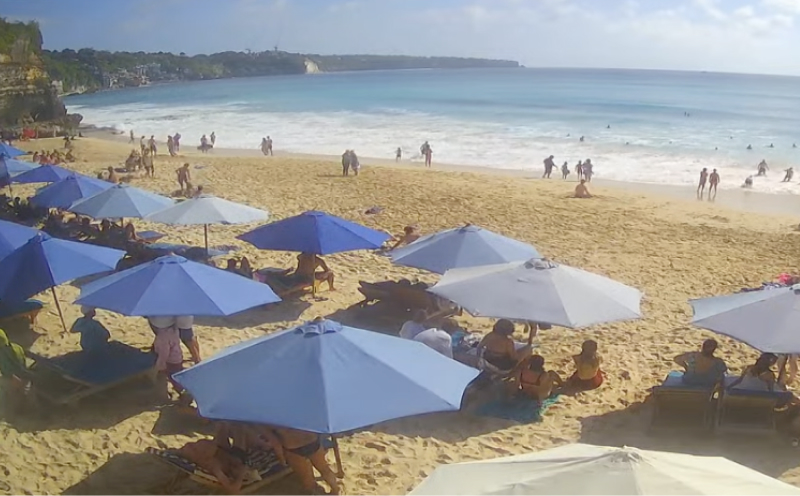
Dreamland 📹 Live Camera
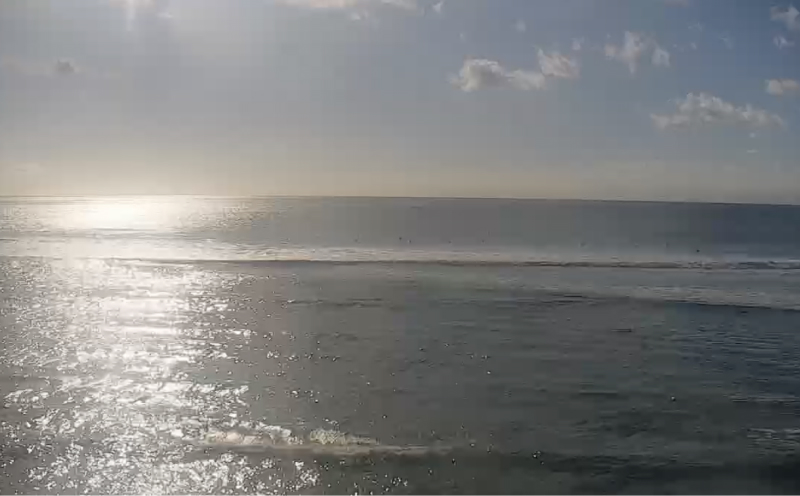
Balangan📹 Live Camera

Kuta Beach 📹 Live Camera
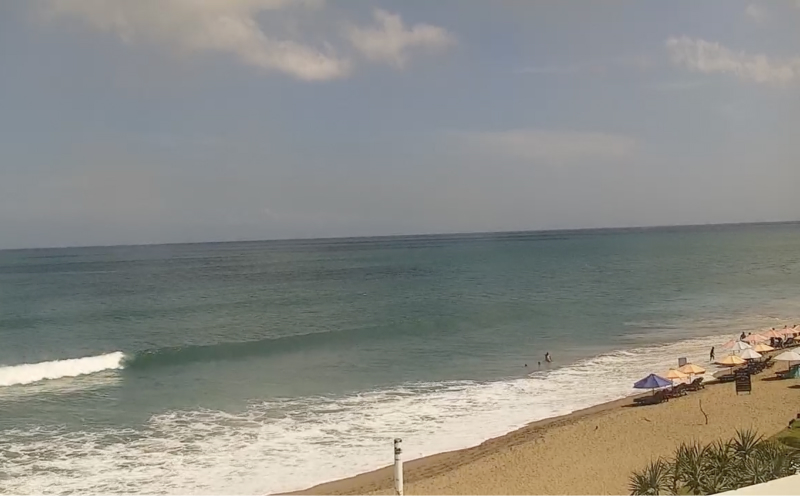
Berawa 📹 Live Camera
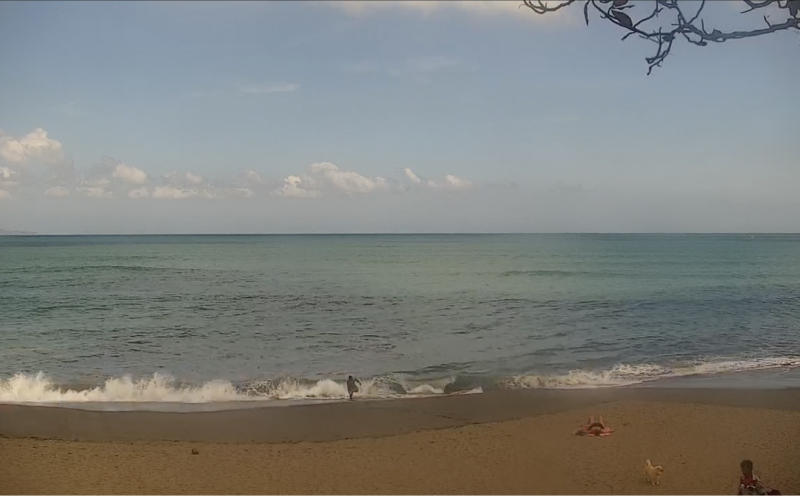
Nelayan 📹 Live Camera

Batu Bolong 🚫 No Camera

River Mouth 📹 Live Camera

Yeh Gangga 📹 Live Camera
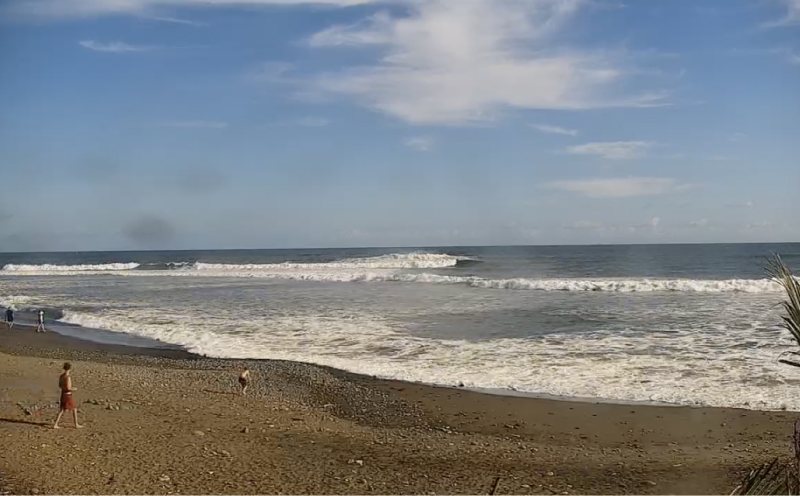
Balian 📹 Live Camera

Medewi 📹 Live Camera

Keramas 📹 Live Camera

Nyang Nyang 🚫 No Camera

Nusa Lembongan 📹 Live Camera
In memory of Magic Sea Weed.
© balicams.com and respective owners, all rights reserved, 2025
 Support Free Balicams
Support Free Balicams